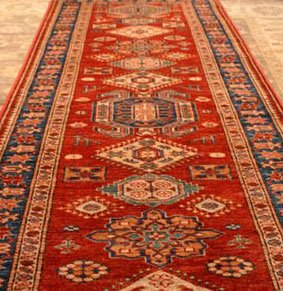They say all things change over time. In the case of Montclair Rug Gallery this is true. We are embracing our change and want to let our customers know so they can find us for all their rug and carpet needs.
After many years of running our business in the Montclair business district we have had to move. The building we were located in got sold and it was time to move on. While we loved being in the business district there were no good options after the building was sold.
So now we are still serving our customers but from now on it will be by appointment only. No set business hours as in the brick and mortar location. If you want to see our collection of rugs or get service for your existing rugs please call us at 510-339-2472 to arrange a convenient time for you.
Montclair Rug Gallery has changed it’s business info to the following:
P.O. Box 13098
Oakland, California, 94661
Phone: 510-339-2472
Email: montclairrug@gmail.com
Be sure to give Mozey a call to find your best rugs and carpets.
